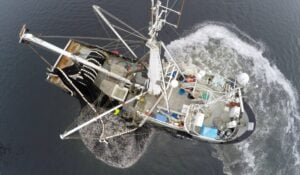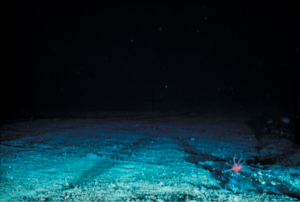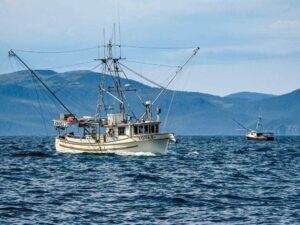
For over ten years, a mystery has been devastating sea stars along the Pacific Coast. Billions, including the once common sunflower sea star, have died from a harmful condition called Sea Star Wasting Disease (SSWD).
Now, after four years of teamwork, scientists have identified the cause: a type of bacteria called Vibrio pectenicida, which is closely related to the bacteria that cause cholera.
What Is Sea Star Wasting Disease?
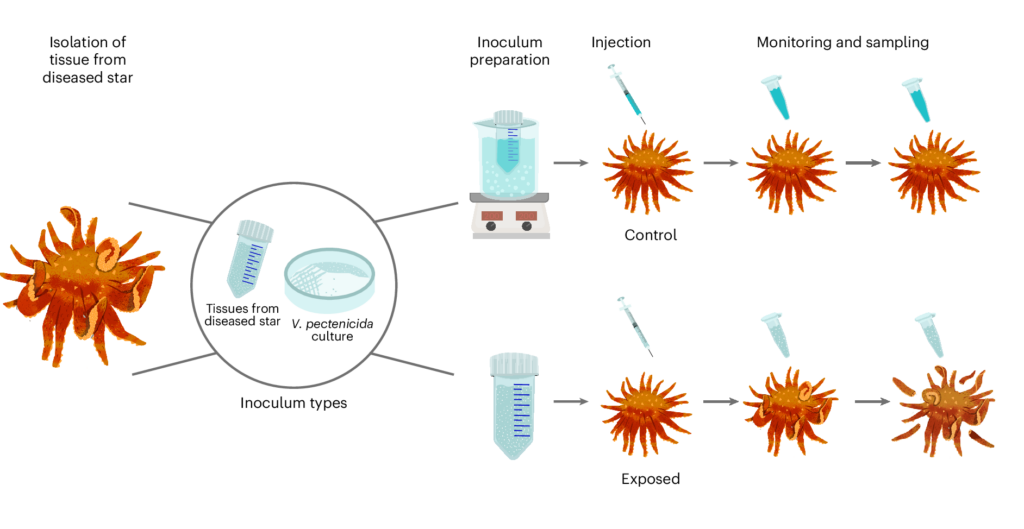
This discovery, published in Nature Ecology & Evolution, marks an important turning point in marine disease research.
The deadly strain, called FHCF-3, attacks sea stars by first causing sores on their bodies.
Over about two weeks, it slowly breaks down their tissues, essentially “melting” them away. Affected sea stars become twisted, lose their arms, and eventually die.
The Collapse of Sunflower Sea Stars

The scale of the epidemic is staggering. Over 90% of sunflower sea stars (Pycnopodia helianthoides), which can grow as large as a bicycle tire with up to 24 arms, have vanished from coastal waters stretching from Alaska to Mexico.
This loss has triggered a dramatic chain reaction in the ocean: sea urchin populations have exploded, as sea stars are their primary predator. This has resulted in sea urchins grazing down kelp forests, which provide homes for many species such as juvenile fish, sea otters, crabs, and abalones, and help capture carbon from the atmosphere.
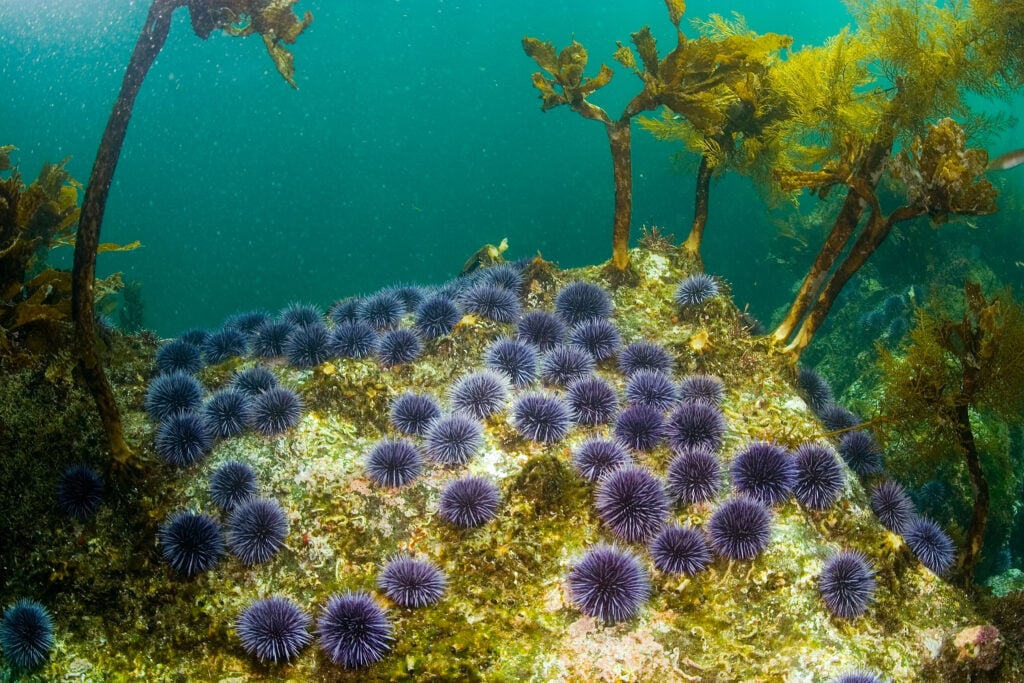
The devastation of sea star populations reveals just how interconnected the marine food chain is and how fluctuations in the population of just one species disrupts the equilibrium of the entire chain.
Pinpointing the Culprit
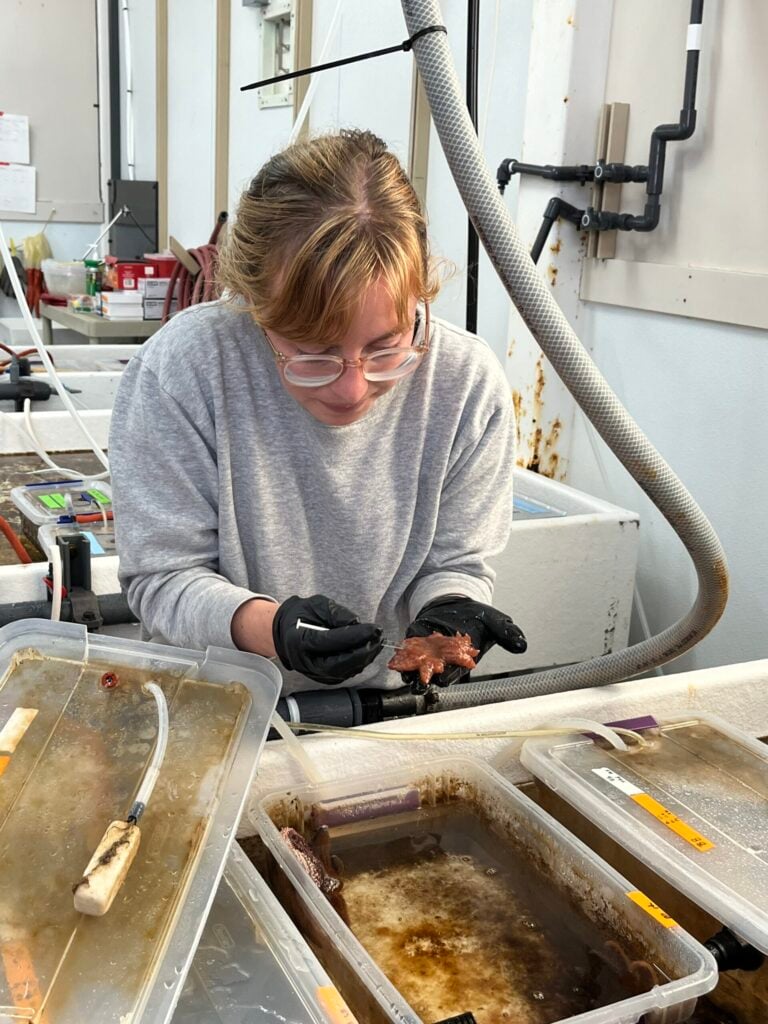
Researchers – including teams from the Hakai Institute, University of British Columbia (UBC), and University of Washington – focused on this bacterial agent after many careful experiments. They exposed healthy sea stars to infected tissue, water, and coelomic fluid (which is like sea star blood) and saw the disease consistently spread.
Genetic testing showed a strong presence of Vibrio pectenicida in the coelomic fluid of sick sea stars. When scientists grew this bacteria in the lab, they confirmed that a specific strain called FHCF-3 could cause the wasting disease and lead to death.
This discovery meets what scientists call Koch’s postulates – a set of four important steps used to prove that a particular germ actually causes a disease. These steps include finding the germ in all affected animals, growing it on its own, showing it causes illness when introduced to a healthy animal, and then recovering the same germ from that newly sick animal. Meeting these criteria is a key way to confirm a disease’s cause.
A Microbial Barometer
This breakthrough opens new opportunities to understand how the environment affects the disease. Scientists are especially focused on the link between SSWD and rising ocean temperatures. Bacteria in the Vibrio group are called “microbial barometers of climate change” because certain harmful species within this group grow well in warmer waters.
The disease gets worse and starts earlier in warmer areas, suggesting a combined effect of climate stress and bacterial infection. This creates a double threat to sea stars already struggling with changes in the ocean.
Toward Recovery and Conservation
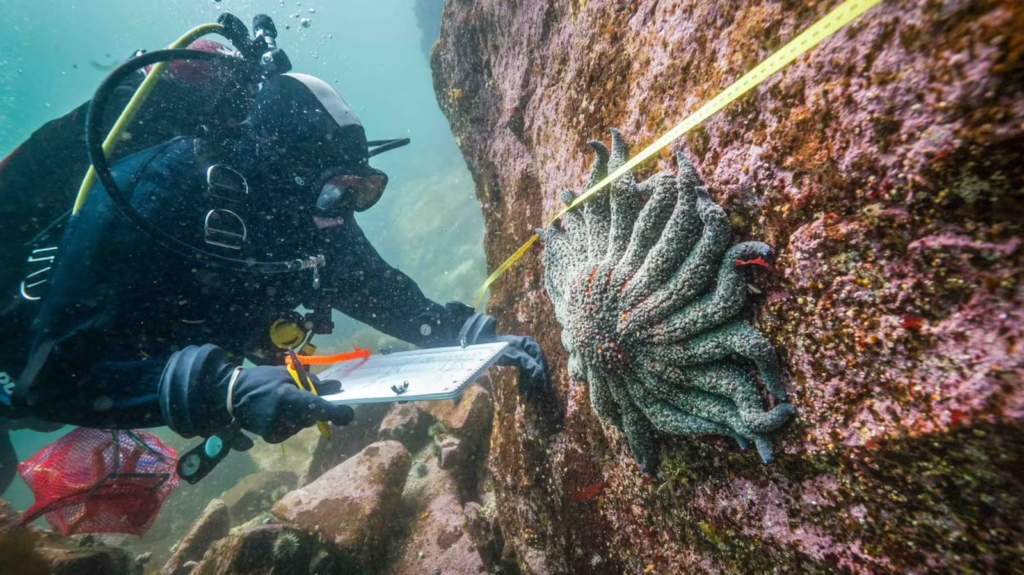
“The identification of a clear causative agent is critical,” noted senior author Alyssa Gehman. “Now we can investigate what drives this disease, how some sea stars might resist it, and develop strategies to help their recovery.”
Conservationists are hopeful this new knowledge will support efforts to bring back sunflower sea stars and protect the kelp forests that depend on these sea stars to keep sea urchin populations under control.
Ecological Stakes: More Than Just Sea Stars
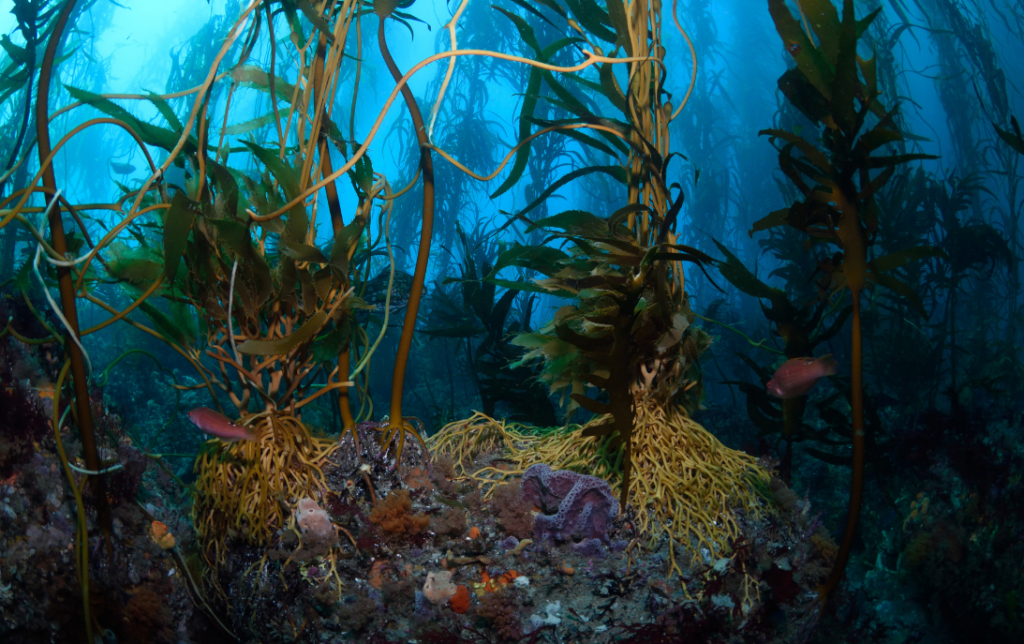
The effects go beyond just sea stars. Healthy kelp forests protect coastlines from waves and erosion, providing homes and feeding grounds for many kinds of sea life. Juvenile fish, such as cod, find safe nurseries among the dense kelp where they hide from predators and access plenty of food. Sea otters use kelp to wrap themselves for shelter while resting and help control sea urchin populations that can otherwise damage kelp beds. Additionally, species like crabs and abalones thrive by finding food and refuge within the kelp forest’s complex structure.
These marine systems also support fishing and tourism and help take carbon out of the atmosphere through carbon capture.
When sea stars disappear and kelp-eating sea urchins multiply, these important benefits are at risk, making it urgent to address sea star wasting disease (SSWD).
From Mystery to Management
This milestone in marine disease research comes after many years of scientists trying to understand the deadly sea star outbreaks that started in 2013. The disease spread quickly and was challenging to study due to the presence of other problems that caused similar stressors. Now that the harmful bacteria behind the disease have been exposed, there is hope that science can help guide efforts to protect and restore sea star populations.
The story of sea star wasting disease shows how disease, environment, and ecosystem health are all connected in our changing oceans. Thanks to world-class scientists working together, we are making progress toward protecting these amazing sea stars and the underwater forests they help keep healthy.


